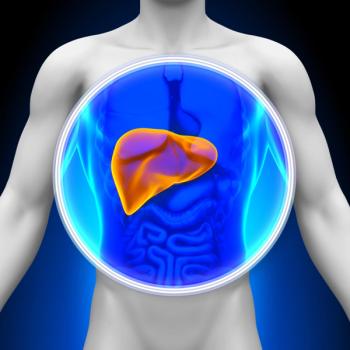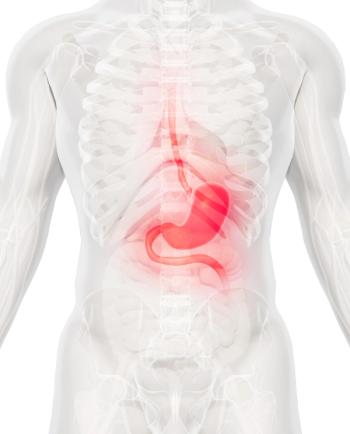
Many Patients with Anal Cancer Experienced Chemoradiation Therapy Interruption and Noncompletion
A recent study published in JAMA Oncology revealed that quality improvement initiatives are necessary to optimize treatment and lessen chemotherapy interruption and noncompletion rates among patients with squamous cell anal carcinoma.
Many patients with anal cancer who underwent curative-intent chemoradiation as treatment experienced treatment interruption or noncompletion, according to a study published in JAMA Oncology.
It was determined that quality improvement initiatives are needed in order to optimize treatment continuity and completion among patients with squamous cell anal carcinoma.
“Evidence across multiple cancer types supports that interruptions to radiation treatment may compromise treatment efficacy,” wrote the researchers. “Tumor cell repopulation, which may be accelerated by chemoradiation treatment, can occur during treatment interruptions leading to worse clinical outcomes. As a result, uninterrupted treatment without planned gaps is considered the most effective radiobiological treatment for SCCA.”
The data showed treatment was interrupted in 262 (23%) patients. Another 199 (18%) and 280 (25%) patients experienced radiation and chemoradiation noncompletion, respectively. Further, patients over the age of 70 years were less likely to complete chemoradiation (risk ratio [RR], 0.60; 95% CI, 0.52-0.70) than patients aged 50 years or younger.
More, patients with a higher number of comorbidities were also less likely to complete chemoradiation treatment (RR, 0.70; 95% CI, 0.51-0.95). Patients who did not complete chemoradiation also had an increased risk of requiring salvage abdominoperineal resection (RR, 1.54; 95% CI, 1.03, 2.31), overall death (hazard ratio [HR], 1.54; 95% CI, 1.23-1.92), cancer-specific death (HR, 1.59; 95% CI, 1.14-2.22), and colostomy or death (HR, 1.80; 95% CI: 1.10-2.93).
The researchers examined 1,125 patients with stage I-III anal cancer, who were treated with curative-intent radiation. The cohort of patients with squamous cell anal cancer treated with this form of therapy was gathered via the Ontario Cancer Registry.
“We identified that many patients will experience treatment interruption and will not complete the planned course,” wrote the researchers. “Quality improvement initiatives to optimize treatment, treatment continuity, and completion are needed. Particular attention is needed to ensure that older and comorbid adults have the supports they need to successfully complete treatment.”
Treatment interruption was defined as going more than 7 days between fractions of radiation, with the hopes of identifying rates of chemoradiation treatment interruption or noncompletion and the factors associated with it. The research did not associate treatment interruptions longer than 7 days with death.
The researchers pointed out a number of limitations to their study, including a lack of information regarding patient performance status, tumor size, and nodal status. They adjusted for some potential confounders, but this was an imperfect correlate of performance status. More, the difference in rates of treatment noncompletion across centers signaled raised the possibility that each center operated with its own definition of a full treatment dose.
Further limitations included a lack of information on intensity modulated radiation therapy (IMRT) usage. Since this therapy has been associated with reduced treatment time and toxic effects, it may have resulted in fewer treatment interruptions and increased likelihood of treatment completion.
“These findings highlight the need for quality improvement efforts to support elderly and comorbid patients during treatment, and to ensure consistency of radiation provision across treatment facilities,” wrote the researchers. “In addition, it would be important to investigate the specific needs of these patient populations that are resulting in treatment protocol deviations.”
Reference:
Raphael MJ, Ko G, Booth CM, et al. Factors Associated With Chemoradiation Therapy Interruption and Noncompletion Among Patients With Squamous Cell Anal Carcinoma. JAMA Oncol. doi:10.1001/jamaoncol.2020.0809.
Newsletter
Stay up to date on recent advances in the multidisciplinary approach to cancer.
































































































